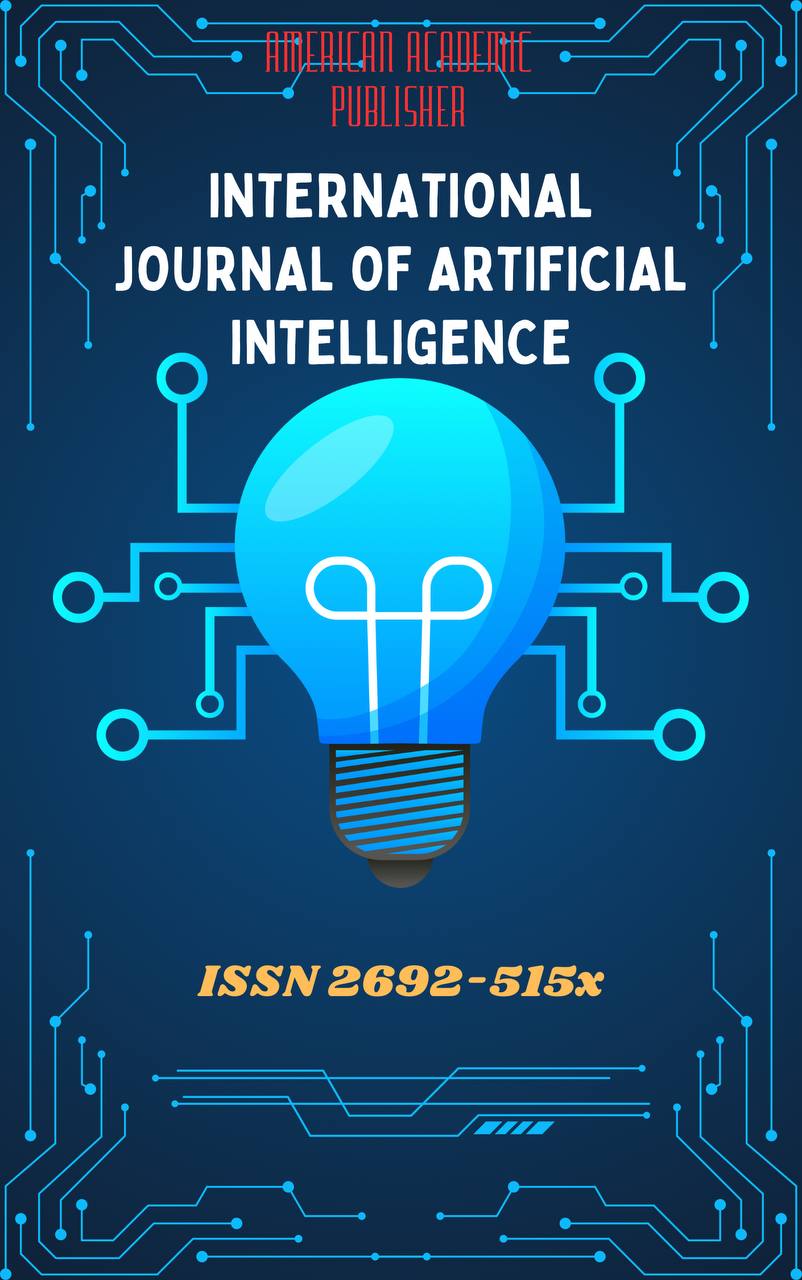 Articles
| Open Access |
Articles
| Open Access | PROVERBS. TYPES OF PROVERBS AND THEIR IMPORTANCE IN THE LANGUAGE PROGRESS
Sadullayeva Shoxida , Urgench branch of TUITAbstract
Proverbs are important part of linguistics. This article presents information about the current role of proverbs in the field of linguistics, their importance in real life, and the division of proverbs into several types. Proverbs have an indispensable place in the life and culture of the people, and in this feature the proverbs of each nation differ from others. In this regard, the culture, lifestyle, customs and traditions of this people are vividly reflected in proverbs. In this regard, the study of proverbs is of great importance.
Keywords
proverbs, phraseological units, sociocultural context, saying, linguistic product, phraseological components, lexical components
References
Vinogradov V.V, On the main types of phraseological units in the Russian language.Moscow Science, 1986.
Amosova N. Basics of English Phraseology. Leningrad: Prosveshenie, 1989.
Hernadi, Paul & Francis Steen (1999). ''The Tropical Landscapes of Proverbia: A Crossdisciplinary Travelogue''. Style. Vol. 33, pp. 1-20.
Paczolay, Gyula (1995) ''European Proverbs''. A lecture presented at the conference on European Phraseology. Available at:www76.phrase/lectures.com
Akmajian, Adrian, Richard A. Demers, Ann K. Farmer & Robert M. Harnish (2001).
Linguistics: An Introduction to Language and Communication. Cambridge: MIT Press.
Lyons, John (1968).Introduction to Theoretical Linguistics. Cambridge: Cambridge University Press.
Temple, Jon G. and Richard P. Honeck (1999) ''Proverb Comprehension: The Primacy of Literal Meaning''. Journal of Psycholinguistic Research,Vol. 28 No.1. pp. 41-70.
Mieder, Wolfgang (1995). ''The Grass is Always Greener on the Other Side of the Fence: An American Proverb of Discontent''. De Proverbio Electronic Magazine,Vol. 1
Hamzah Migdadi, A Study of Jordanian Proverbs Related to Food and Eating, Islamic University of Minnesota · June 2015, DOI: 10.13140/RG.2.2.26512.46082
Article Statistics
Downloads
Copyright License

This work is licensed under a Creative Commons Attribution 4.0 International License.

